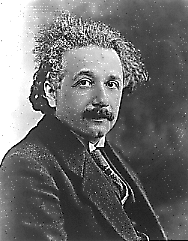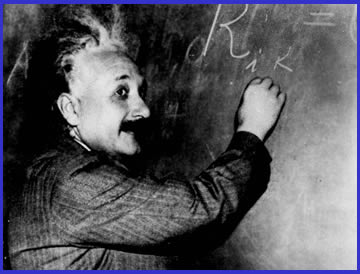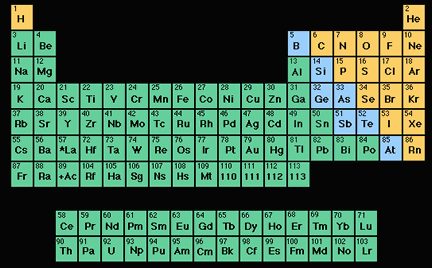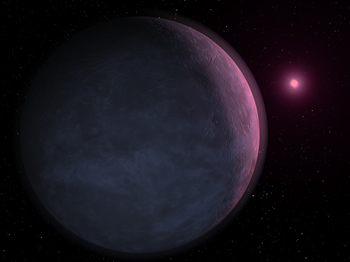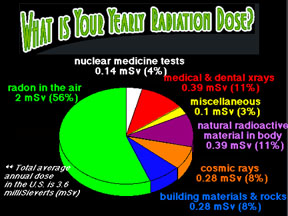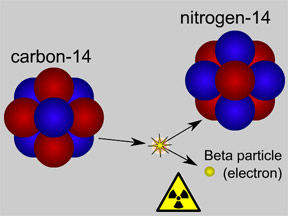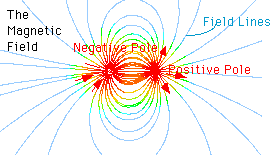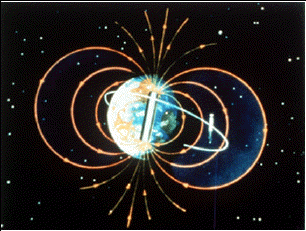Click on image for full size
Courtesy of Tracey Keifer. Emilio Segre Visual Archives. American Institute of Physics.
The Theory of Relativity
Albert Einstein was one of the most famous scientists of all time. Einstein thought up one of the most famous scientific theories ever. That is the theory of relativity.
The theory of relativity has two parts. The first part is the special theory of relativity. Einstein published the special theory of relativity in 1905. The second part is the general theory of relativity. Einstein came up with the general theory between the years of 1907 through 1915.
The two parts of the theory of relativity have very new, different, and strange things to say about the Universe.
The theory of special relativity says that strange things happen when objects move very, very fast. Light moves incredibly fast, around 300,000 kilometers per second (about 186,000 miles per second). If objects move almost as fast as light, strange things begin to happen. What kinds of strange things? Time slows down, the length of an object becomes shorter, and the mass of the moving object gets larger. If two people pass each other moving very fast, they may not agree that two events happened at the same time. Have you ever heard of Einstein's famous equation, E = mc2 ? That equation is also part of the theory of relativity. The equation says that it is possible to turn matter (the "m" in the equation) into energy (the "E" in the equation).
The second part of the theory of relativity is the general theory of relativity. It says that the "shape" of space can be curved near large objects that have a lot of gravity. Even rays of light curve when they pass near a massive object. That is why black holes can "suck up" light that passes close to them.


